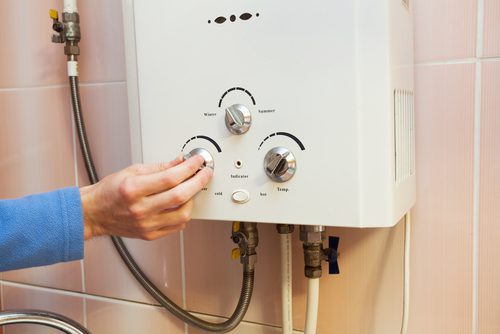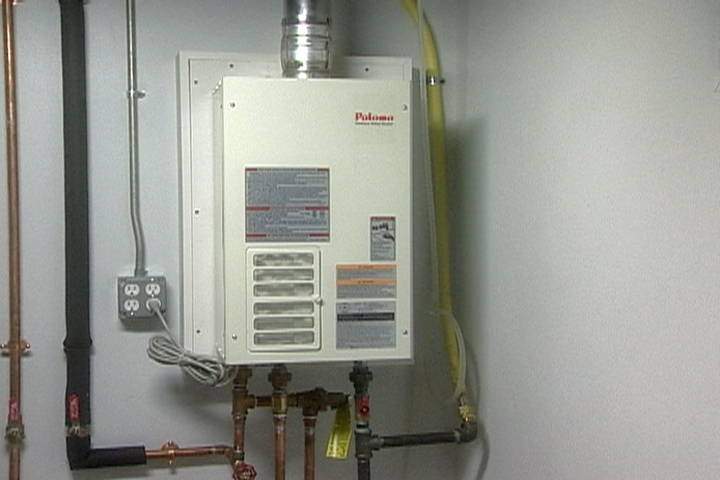Making Sure Durability of Your Home's Hot Water System: Care AdviceTips on How to Keep Your Home's Hot Water System in Good Condition
Making Sure Durability of Your Home's Hot Water System: Care AdviceTips on How to Keep Your Home's Hot Water System in Good Condition
Blog Article
What are your thoughts and feelings on Tips For Maintaining Your Hot Water Heater?

Hot water is vital for everyday comfort, whether it's for a refreshing shower or cleaning meals. To ensure your hot water system runs efficiently and lasts much longer, normal maintenance is key. This article gives functional suggestions and insights on just how to keep your home's hot water system to avoid interruptions and pricey repair work.
Introduction
Keeping your home's hot water system might appear overwhelming, however with a couple of basic actions, you can ensure it operates efficiently for many years to come. This overview covers everything from recognizing your hot water system to DIY maintenance pointers and understanding when to call in specialist aid.
Significance of Maintaining Your Warm Water System
Routine upkeep not only expands the life expectancy of your hot water system however additionally guarantees it operates successfully. Overlooking upkeep can lead to reduced efficiency, greater energy expenses, and also premature failing of the system.
Indications Your Warm Water System Demands Maintenance
Knowing when your hot water system needs focus can prevent significant concerns. Keep an eye out for signs such as irregular water temperature, odd sounds from the heater, or rustic water.
Purging the Water Heater
Flushing your hot water heater removes debris build-up, improving effectiveness and lengthening its life.
Checking and Changing Anode Rods
Anode rods stop rust inside the container. Evaluating and changing them when worn out is important.
Facility Issues Needing Specialist Help
Examples consist of major leaks, electric problems, or if your water heater is continually underperforming.
Routine Specialist Upkeep Benefits
Expert upkeep can consist of thorough evaluations, tune-ups, and making sure conformity with safety and security standards.
Checking and Changing Temperature Level Settings
Adjusting the temperature settings makes sure ideal efficiency and security.
DIY Tips for Maintenance
You can carry out several upkeep tasks yourself to keep your warm water system in leading problem.
Looking for Leakages
Routinely examine pipelines and connections for leaks, as these can lead to water damage and higher costs.
Understanding Your Hot Water System
Before diving into maintenance tasks, it's useful to comprehend the basic elements of your hot water system. Normally, this includes the hot water heater itself, pipes, anode rods, and temperature controls.
Regular Monthly Maintenance Tasks
Routine month-to-month checks can help catch minor issues prior to they rise.
Checking Stress Relief Valves
Evaluating the pressure relief valve guarantees it operates appropriately and avoids excessive pressure accumulation.
Protecting Pipes
Shielding warm water pipelines minimizes warm loss and can save energy.
When to Call a Professional
While DIY upkeep is helpful, some problems need expert competence.
Conclusion
Regular upkeep of your home's warm water system is crucial for performance, durability, and cost financial savings. By adhering to these suggestions and knowing when to look for expert help, you can make certain a reliable supply of warm water without unanticipated interruptions.
How to Maintain an Instant Hot Water Heater
Before tinkering with your hot water heater, make sure that it’s not powered on. You also have to turn off the main circuit breaker and shut off the main gas line to prevent accidents. Also turn off the water valves connected to your unit to prevent water from flowing into and out of the appliance. 2. When you’re done, you have to detach the purge valves’ caps. These look like the letter “T” and are situated on either side of the water valves. Doing so will release any pressure that has accumulated inside the valves while at the same time avoid hot water from shooting out and burning your skin. 3. When the purge valves’ caps are removed, you have to connect your hosing lines to the valves. Your unit should have come with three hoses but if it didn’t, you can purchase these things from any hardware or home repair shops. You can also get them from retail stores that sell water heating systems. Read the user’s manual and follow it to complete this task properly. When the hosing lines are connected, open the purge port’s valves. 4. You should never use harsh chemical cleaners or solutions when cleaning your unit. Make use of white vinegar instead. It should be undiluted and you’ll probably use about 2 gallons. 5. Now flush your water heater. This task should probably take about 40 minutes. We can’t give you specific directions for this because the procedure is carried out depending on the type, model and brand of your heater. With that being said, refer to the user’s manual. 6. When you’re done draining the unit, you have to turn off the purge port valves again. Remove the hosing lines that you earlier installed on each of the water valves. Put the valve caps (purge port) back in their respective places and be very careful so as not to damage the rubber discs that are found inside these caps. 7. Now that everything’s back in place, check your user’s manual again to find out how to reactivate your water heating system. 8. Once it is working, turn one of your hot water faucets on just to let air pass through the heater’s water supply pipes. Leave the tap on until water flows smoothly out of it. https://www.orrplumbing.com/blog/2014/september/how-to-maintain-an-instant-hot-water-heater/

As a reader about What Kind of Maintenance Do Water Heaters Need?, I think sharing that section was smart. If you appreciated our post if you please be sure to share it. I thank you for your readership.
Click Here Report this page